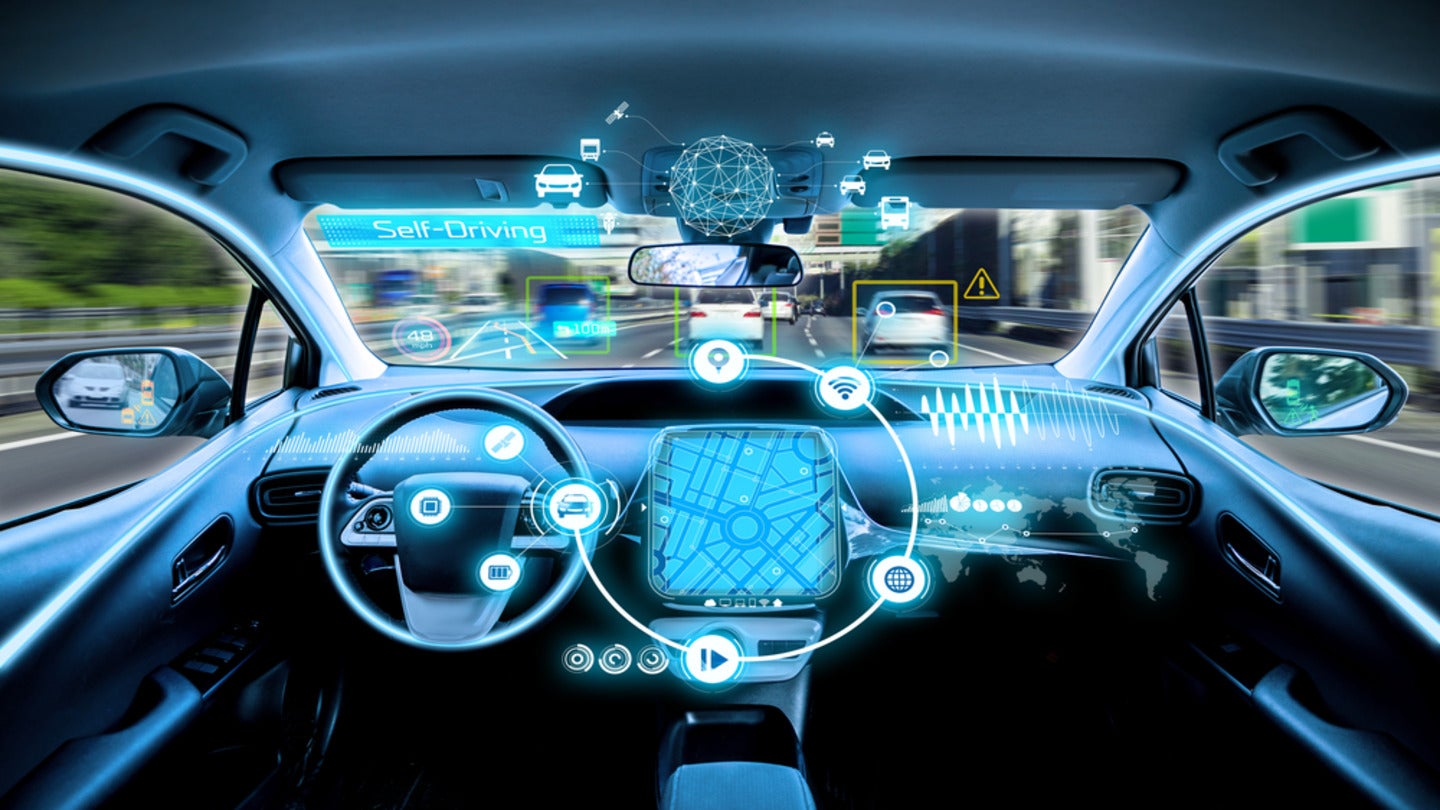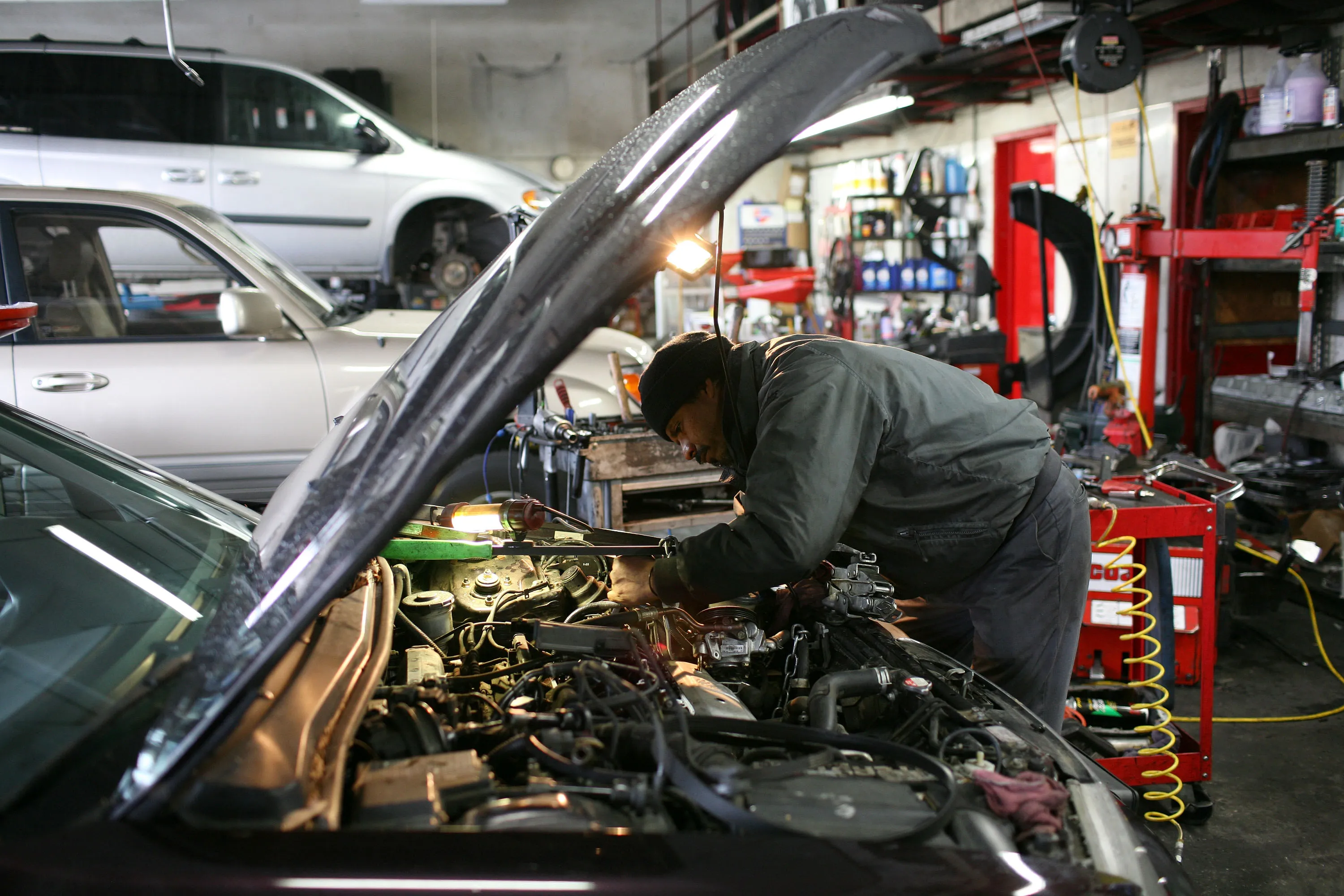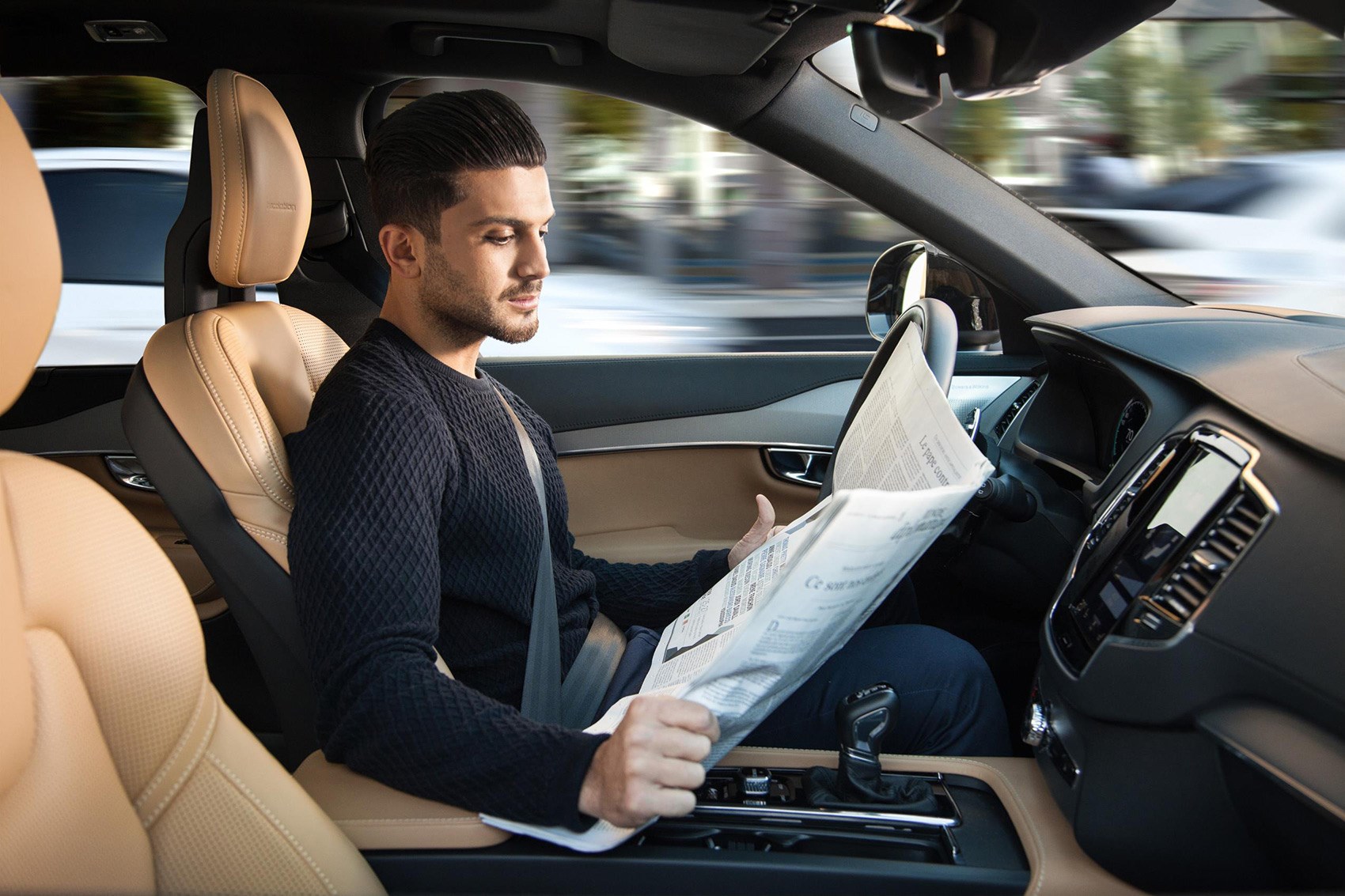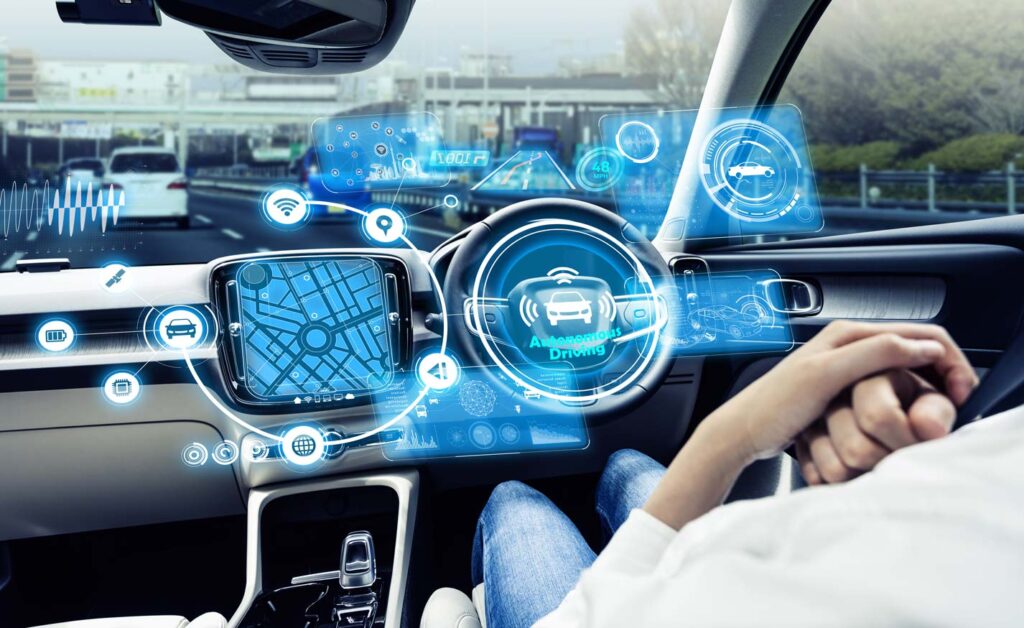
Modern vehicles, often lauded as marvels of engineering, have rapidly transformed into sophisticated “computers on wheels.” This evolution brings with it a dazzling array of automated driver assistance systems, expansive display screens, constant Internet connectivity, and seamless smartphone integration. The promise is clear: enhanced safety, convenience, and a more connected driving experience.
However, in this relentless pursuit of innovation and the competitive drive to one-up rivals with cutting-edge technology, it appears that the automotive industry may have ventured too far. While some advancements undeniably contribute to safer driving, a growing number of developments are leaning towards a tech excess that, paradoxically, can negatively impact drivers. Today’s high-tech cars are frequently more expensive to repair, present a steeper learning curve for operation, and, according to various experts, are increasingly linked to driver distraction and disengagement, posing new challenges to vehicle ownership.
Beyond these operational complexities, a startling report from the Mozilla Foundation—an Internet-focused nonprofit group—reveals a darker side: a major threat to data privacy. This report concludes that when it comes to handling users’ personal information, modern high-tech cars represent “the worst category of consumer products the organization has ever reviewed.” The researchers assessed 25 popular brands’ privacy policies, finding a disturbing trend that underscores a pervasive issue in the automotive landscape. As we navigate this new era of driving, it’s crucial to understand why many modern cars are proving to be more of a headache than a help.

1. **Data Privacy Nightmare: Your Car, Your Data, Their Business**Modern vehicles, equipped with a comprehensive suite of motion and pressure sensors, GPS capabilities, cameras, microphones, and robust smartphone connectivity, are designed to collect an astonishing volume of information about their drivers and passengers. This ubiquitous data collection transforms your daily commute into a rich stream of personal insights, capturing everything from your routes and driving habits to potentially even more sensitive details about your life. The sheer scope of this data gathering has led Jen Caltrider, director of Mozilla’s privacy reporting program, to state unequivocally that cars “have evolved into a privacy nightmare.”
The Mozilla Foundation’s concerning report further illuminates that 21 out of 25 popular car brands allow their companies to share or sell customer data with a wide array of external entities. This includes service providers, data brokers, and various other businesses, raising serious questions about the control drivers retain over their personal information. Disturbingly, privacy policies from two specific brands, Kia and Nissan, even contain clauses indicating that these companies “may collect and disclose data on users’ sexual orientation or sexual behavior,” a revelation that underscores the extreme breadth of data collection.
While spokespersons for both Kia and Nissan assert that their companies do not actively collect or knowingly disclose such sensitive information, explaining that these categories are included to comply with state laws like the California Consumer Privacy Act, the existence of such permissive policies remains a significant concern. Caltrider emphasizes that regardless of current application, this information could be weaponized against vulnerable individuals. Furthermore, the report highlights a critical vulnerability: 17 out of the 25 car companies reviewed experienced some form of data leak, breach, or hack within the last three years, demonstrating that this sensitive customer data is a prime target for illegal attacks, transforming theoretical risks into tangible threats.

2. **Skyrocketing Repair Costs: The Hidden Expense of Advanced Technology**The multifaceted true cost of high-tech cars extends far beyond the initial purchase price, significantly impacting owners when it comes to maintenance and repairs. Greg Brannon, director of automotive engineering and industry relations at the American Automobile Association (AAA), points out a stark reality: repairing vehicles equipped with advanced driver-assistance technology or other intensively computerized features can be up to three times more expensive than similar maintenance on cars without such sophisticated tech. This dramatic increase in cost is often an unwelcome surprise for modern car owners.
Moreover, the complexity of these advanced systems means that not all repair shops are adequately equipped to service such vehicles. A seemingly routine task like windshield replacement, which Brannon describes as “a pretty straightforward operation” in the past, has become considerably more intricate and costly. Many contemporary vehicles now demand specialized glass designed to accommodate internal cameras, which are integral to numerous driver-assistance features. After installation, these cameras must undergo precise recalibration, adding an extra, specialized step to the process and consequently inflating the overall expense.
While these cameras enable critical safety features like automated emergency braking—now a standard across all new vehicles and proven to reduce crash rates—Brannon acknowledges that “there is a cost to that,” specifically emphasizing “a cost that comes with the repair of that vehicle.” This highlights a challenging trade-off for consumers: while enhanced safety is a clear benefit, it comes with a substantially higher price tag for upkeep, potentially making these technologically advanced cars less financially viable for some drivers over their lifespan.

3. **Driver Dissatisfaction with High-Tech Features: Beyond the Showroom Gleam**Beyond the rising repair costs, many drivers are increasingly expressing dissatisfaction with the high-tech features themselves, often reporting frequent problems with components intended to enhance convenience. Common culprits include overly complicated door handles, perplexing infotainment interfaces, and unreliable wireless phone chargers. These features, marketed as advancements, often become sources of frustration rather than utility, undermining the promise of a superior driving experience.
Brannon suggests that over time, the industry will likely resolve some of these added expenses and difficulties for both drivers and repair shops as these types of vehicles become more prevalent and technology matures. However, he also strongly contends that not every new feature or vehicle design genuinely contributes to overall safety, challenging the narrative that all technological additions are inherently beneficial. This critical perspective suggests that innovation is not always synonymous with improvement, particularly from a user-centric standpoint where functionality and ease of use are paramount.
The core issue often lies in a significant “gap between what is marketed in those systems, both in the naming and in advertisements, and what the systems actually do in real life,” as Brannon explains. This discrepancy creates a “very dangerous situation” for drivers who do not invest the necessary time to fully comprehend the system’s true capabilities and limitations. Consequently, features designed to assist can, in fact, become a detriment, leading to confusion, frustration, and a diminished sense of control for the person behind the wheel.

4. **Misleading Marketing of Driver Assistance: The “Autopilot” Deception**One of the most alarming aspects of modern car technology is the often-misleading terminology used to market advanced driver-assistance systems (ADAS). Terms such as “traffic-aware cruise control” or “active steering assist” can subtly, yet dangerously, imply a level of autonomy that far exceeds the system’s actual capabilities. Greg Brannon highlights this issue, explaining that these names can lead drivers to believe they can delegate a significant portion of the driving task to the car, when in reality, these are merely *partially* automated features requiring constant driver oversight and control.
A prominent example of this deceptive marketing is Tesla’s suite of assistance features, controversially labeled “autopilot” and “full self-driving.” Despite these names, the features unequivocally do not provide a fully autonomous driving experience and still necessitate an engaged human driver always watching the road. This semantic gap between expectation and reality has become such a concern that last year, California passed a law specifically aimed at compelling Tesla to adjust these names to be less misleading, acknowledging the real-world dangers posed by such exaggerations.
The inherent problem is that partially automated features like adaptive cruise control and lane-keeping assistance *always* require the driver to maintain ultimate control of the vehicle and remain vigilant. When marketing language suggests otherwise, it creates a false sense of security and encourages driver disengagement, potentially transforming an intended safety aid into a significant risk factor on the road. This underscores the critical need for transparent communication from automakers regarding the true nature and limitations of their driver-assistance technologies.

5. **Lack of Driver Training and Understanding: A Gap in User Education**A significant contributor to the problems associated with modern car technology is the glaring absence of comprehensive driver training on how and when to properly utilize partially automated features. William Horrey, technical director of the AAA Foundation for Traffic Safety, emphasizes that “a lot of drivers and other road users don’t really have a good grasp of what this technology is for, how it works and its limitations.” This lack of foundational knowledge means many drivers are left to figure out complex systems on their own, often without understanding crucial operational parameters.
These advanced features are frequently designed for specific scenarios; for instance, some lane-keeping or adaptive cruise control systems are intended for use primarily on highways, not in the more intricate and dynamic environments of city driving. Without explicit training or clear instruction, drivers may attempt to deploy these features in unsuitable conditions, leading to unexpected behavior from the vehicle and potentially hazardous situations. This educational void creates a dangerous disconnect between the technology’s design intent and its real-world application by uninformed users.
The consequences of this training deficit are not trivial. Horrey explains that as driver assistance becomes more advanced, studies suggest human drivers may become more disengaged. When individuals believe their cars can handle a substantial portion of the driving process automatically, they are more inclined to mentally “check out” or multitask, which both Horrey and Brannon warn can significantly increase the risk of accidents. This highlights the critical importance of ensuring drivers are not just equipped with technology, but also with the knowledge to use it safely and effectively.

6. **The Peril of Driver Disengagement: The Paradox of Advanced Assistance**One of the most concerning, yet often unforeseen, consequences of increasingly sophisticated driver assistance systems is the potential for heightened driver disengagement. While these technologies are designed to make driving safer and less fatiguing, a paradox emerges: when drivers perceive their vehicles as capable of handling more of the driving process autonomously, their attentiveness to the road can diminish significantly. This mental “checking out” or tendency to multitask can create dangerous gaps in human oversight.
Both William Horrey and Greg Brannon articulate this risk, noting that studies indicate a trend towards greater human driver disengagement as assistance systems advance. The assumption that the car can take care of complex tasks leads to a reduction in active cognitive involvement from the driver. This creates a precarious situation where the human operator, who remains ultimately responsible for the vehicle, may not be prepared to intervene effectively or quickly when the automated system encounters a limitation or an unexpected scenario.
The very features intended to prevent accidents could, inadvertently, contribute to them by fostering a false sense of security and eroding the driver’s readiness to react. This underscores a fundamental challenge in the development of semi-autonomous vehicles: how to design systems that genuinely assist without inadvertently encouraging human complacency, ensuring that the driver remains an active and vigilant participant in the driving process rather than a passive observer.




